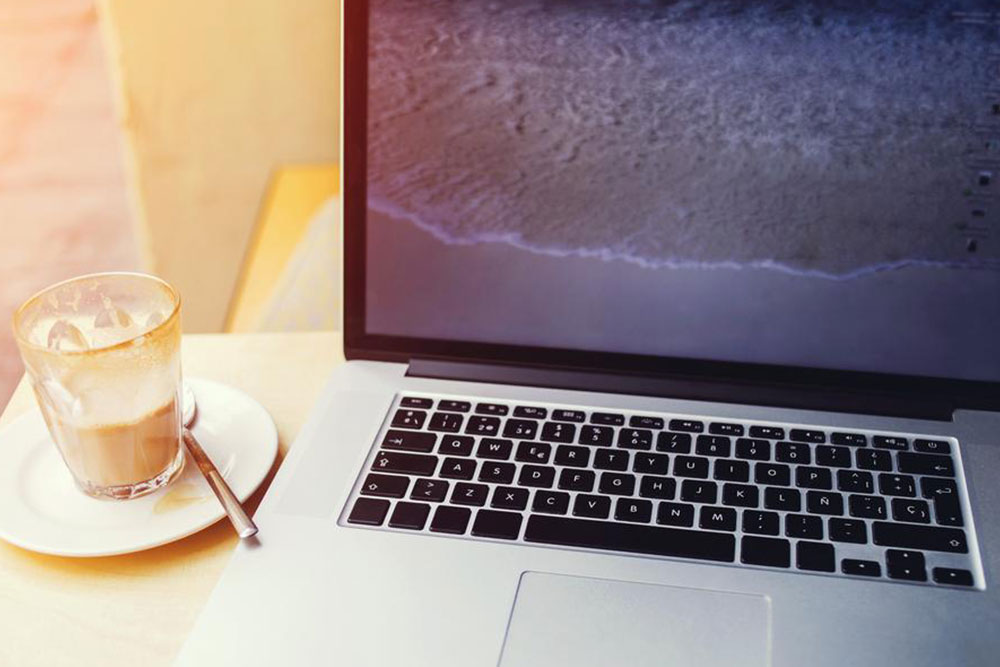Best Budget Laptops Under $300: Comparing Chromebooks and Windows Notebooks for Affordable Computing
Discover budget-friendly laptops under $300, comparing Chromebooks and Windows devices to find the best fit for your needs. Learn about key features, performance, and tips for making smart purchases within an affordable price range. Ideal for students and casual users seeking reliable, light-duty computing options.

Best Budget Laptops Under $300: Comparing Chromebooks and Windows Notebooks for Affordable Computing
In today's digital age, having access to a reliable laptop doesn't have to come with a hefty price tag. For budget-conscious consumers, especially students, professionals, or casual users, finding a quality device under $300 is achievable. The key is understanding your specific needs—whether you prioritize web browsing, document editing, or basic multimedia use—to choose the most suitable device. There are two main categories within this price range: Chromebooks and Windows-based laptops. Each offers unique benefits and limitations. This comprehensive guide explores what to expect from these affordable options, highlights key features, and helps you decide which one aligns best with your lifestyle and computing requirements.
When shopping for budget-friendly laptops under $300, it's essential to compare options based on performance, design, and usability. We examine two popular models—one running Windows and the other a Chromebook—to help you make an informed decision. The right choice depends on your primary use, whether it’s basic web browsing, creating documents, or light multitasking. Let's delve into the features, pros, and cons of these models to see which fits your needs.
Understanding the Budget Laptop Market
In the realm of affordable laptops, the competition is fierce, offering many devices at under $300. These laptops are designed primarily for everyday tasks, including email, casual internet use, and simple productivity work. Typically, these models emphasize portability, decent battery life, and an acceptable performance level. However, hardware limitations mean they are not suitable for heavy gaming, complex video editing, or demanding software applications.
Chromebooks vs. Windows Laptops: Which is Better?
Choosing between a Chromebook and a Windows device is central to your purchase decision. Chrome OS, the operating system of Chromebooks, is lightweight and cloud-centric. It offers fast boot times, automatic updates, and a straightforward interface, making it ideal for users who primarily rely on web applications and cloud storage. On the other hand, Windows laptops under $300 provide greater software compatibility, a broader range of offline functionality, and more options for customization. The best choice hinges on your primary use case and preference for operating systems.
Spotlight on Key Models
Lenovo IdeaPad: Reliability and Versatility
The Lenovo IdeaPad stands out in the budget segment as a versatile Windows-based laptop suitable for students, home users, and light professionals. It features a sturdy build with a textured surface that offers a comfortable grip, contributing to its durability. Its 15.6-inch display makes it convenient for tasks such as browsing, document editing, and streaming media. Powered by a 2.1 GHz Intel Pentium N3540 quad-core processor and equipped with 4 GB DDR3 RAM, it balances performance and affordability. The large 500 GB HDD provides ample storage space for files, documents, and multimedia content. Running Windows 10, users enjoy compatibility with a wide array of software applications and built-in security features. Additionally, its ergonomically spaced keyboard and smooth multi-finger touchpad facilitate daily tasks with ease.
Toshiba CB35-BB340 Chromebook: Simplicity and Speed
The Toshiba CB35-BB340 is a reputable Chromebook option known for its lightweight design, portability, and efficient web-based performance. Its Intel Celeron processor coupled with 4 GB of RAM ensures smooth browsing and multitasking for everyday activities. The device offers 16 GB of internal storage, which, although limited, is adequate for cloud storage solutions or storing essential files locally. Its sleek aluminum chassis lends it a premium feel despite the budget price. Essential ports, such as USB and HDMI, provide good connectivity options for peripherals and external displays. The Chromebook's keyboard and touchpad are designed for comfortable use, and the high-quality speakers deliver clear audio, enhancing media consumption and video calls. Chrome OS's automatic updates and built-in security features provide peace of mind for users concerned about cybersecurity.
Final Recommendations: Making the Right Choice
When selecting a budget laptop under $300, consider your primary focus—whether it be browsing, document creation, or light entertainment. If you prioritize compatibility with Windows-specific software or need offline functionality, the Lenovo IdeaPad offers excellent value. Conversely, if you are looking for a simple device primarily for web-based tasks, streaming, and quick portability, the Toshiba Chromebook is an ideal choice. While these devices are not suitable for intensive gaming or demanding professional work, they efficiently handle everyday activities and can serve as dependable companions for basic computing needs.
Additional Tips for Budget Laptop Shopping
1. Prioritize essential features: Focus on screen size, battery life, and keyboard comfort.
2. Check for warranty and after-sales support.
3. Read user reviews to gauge real-world performance.
4. Consider future upgrade potential: limited in budget models, but look for models with expandable storage if possible.
5. Keep an eye out for seasonal sales and discounts for additional savings.
In conclusion, finding a quality, affordable laptop under $300 is feasible with careful research and clear understanding of your needs. Both Chromebooks and Windows devices have their unique advantages, catering to different user preferences. With the right choice, you can enjoy reliable performance for your everyday tasks without breaking the bank. Whether you're a student, a casual user, or someone seeking a secondary device, these budget options offer excellent value and functionality.





